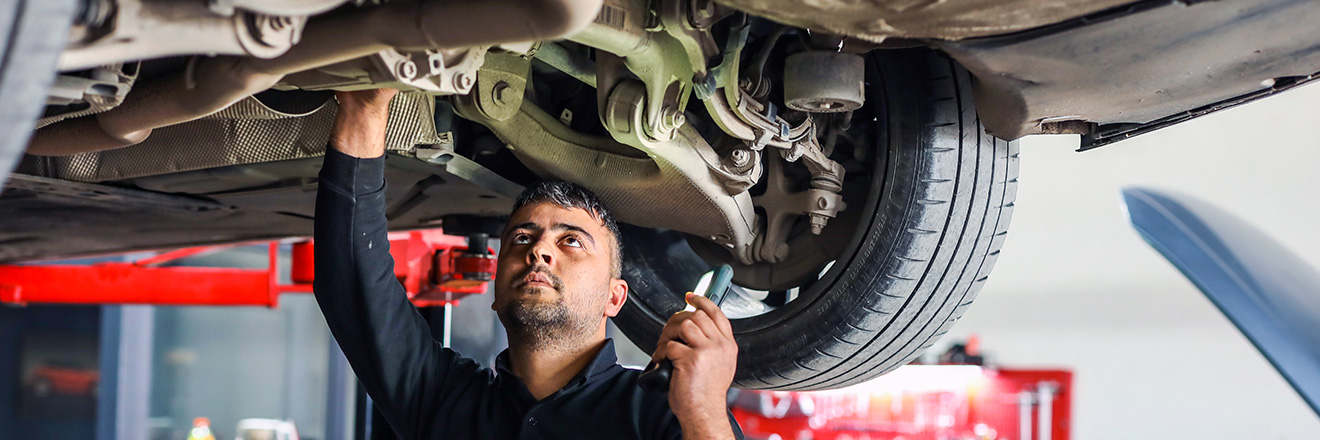Wheel-end lubricants are used for hub assemblies in automotive applications, and most wheel ends are lubricated with grease. Hub assemblies typically utilize a rolling-element bearing, allowing the wheel to rotate freely. This bearing removes friction between moving parts and, in order for the bearing to function correctly, it must be properly lubricated. Additionally, periodically re-lubricating the bearing can extend the lifespan of the entire assembly. But for wheel-ends to be lubricated properly and last longer, they need the right grease for the job. In applications with a wide temperature variability for instance, a synthetic, heavy duty grease may be the right choice. In other scenarios, another option such as an NLGI GC-LB certified grease may serve you better.
Grease Selection
Grease is typically preferred for wheel-end applications because, unlike oil, the thickness of grease allows it to stay in place within the component housing. There are some drawbacks to grease, though: it can be difficult to replace, and it is easy to overgrease, which can lead to machine failure.
The right grease for wheel-end applications is one that can offer the same lubricating properties of an oil while also resisting the temperatures and heavy duty working conditions present. Greases that cannot resist these factors run the risk of grease bleeding. Because energy from brakes is often transferred to wheel-bearings, a grease that has experienced bleeding can quickly fail.
Because greases are prone to compatibility issues, you will want to ensure that the selected grease will not negatively interact with the grease already present in the wheel-end. Alternatively, a thorough cleaning of the component to remove any old grease will reduce the potential for compatibility issues.
Grease Specifications
Greases are graded by thickness using the National Lubricating Grease Institute (NLGI) consistency number, which is explained in more depth here. For wheel-end applications, greases will typically have an NLGI number ranging from one to three, with two being the most common.
Automotive greases are placed into one of two categories: chassis grease and wheel bearing grease (some greases are fit for both categories and are labeled as dual-service). Chassis greases are further categorized as light duty (LA) or severe duty (LB); wheel bearing greases are categorized as mild duty (GA), moderate duty (GB), and severe duty (GC). Typically, regreasing frequency follows the pattern of rating: mild duty lubricants require less frequent regreases than do moderate duty lubes, and so on.
Tractor trailer wheel bearings may have different lubricant requirements. Oils are sometimes used or a No. 00 consistency grease with synthetic base oils and a higher viscosity might be recommended. Wheel-ends for construction and mining equipment could also have unique lubricant requirements. OEM lubricant recommendations should always be followed.
Other Considerations
A high-quality grease is always preferable, but it must be cared for properly. Heavy duty greases can, along with other factors like maintaining the oil level, regreasing at the correct intervals, and routinely monitoring components for signs of failure, allow wheel ends to meet and even exceed their expected lifespan.
A good grease can only meet expectations if it is used properly. Implementing proactive maintenance techniques to monitor lubrication can further enhance and optimize component operations.
